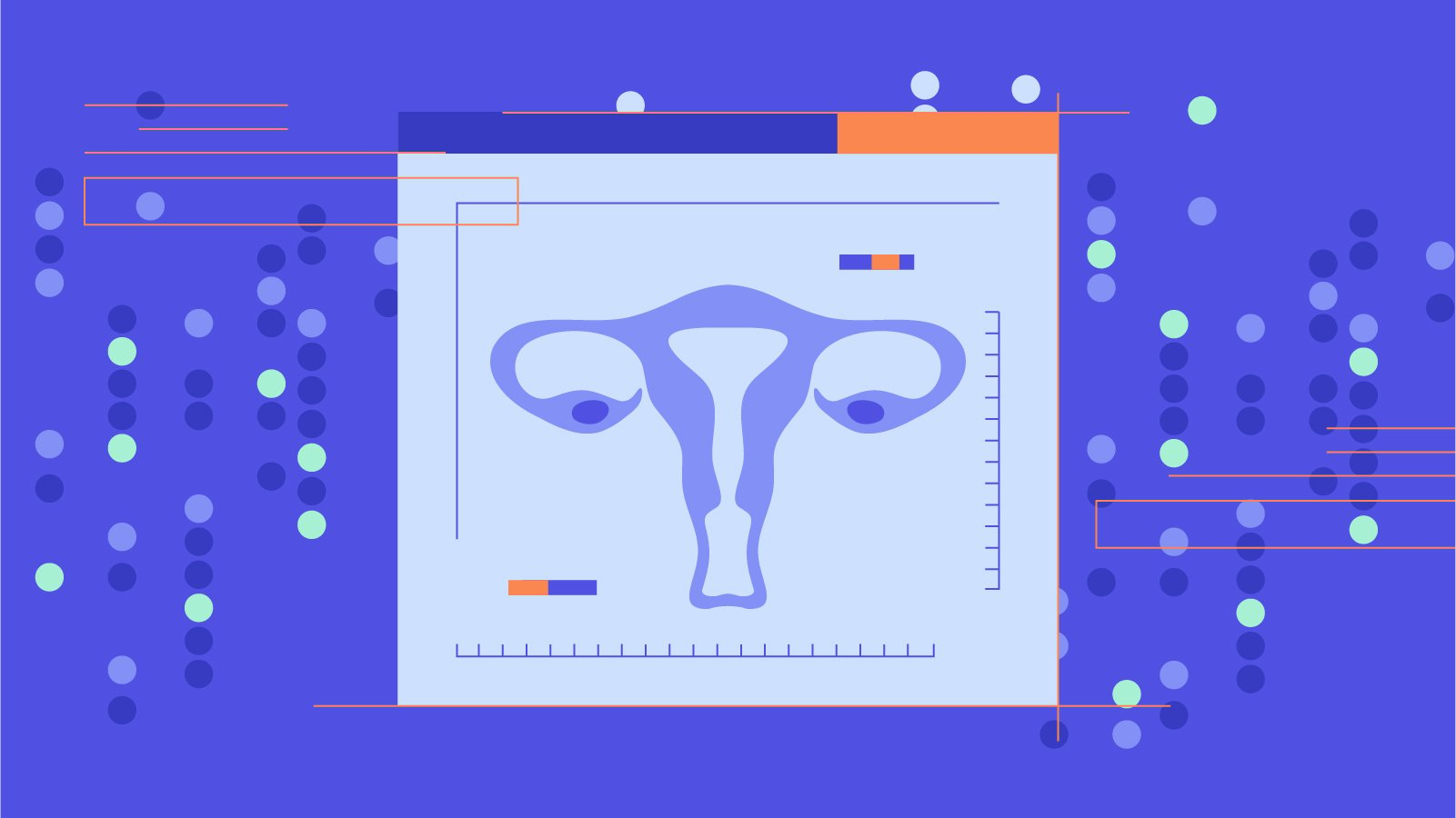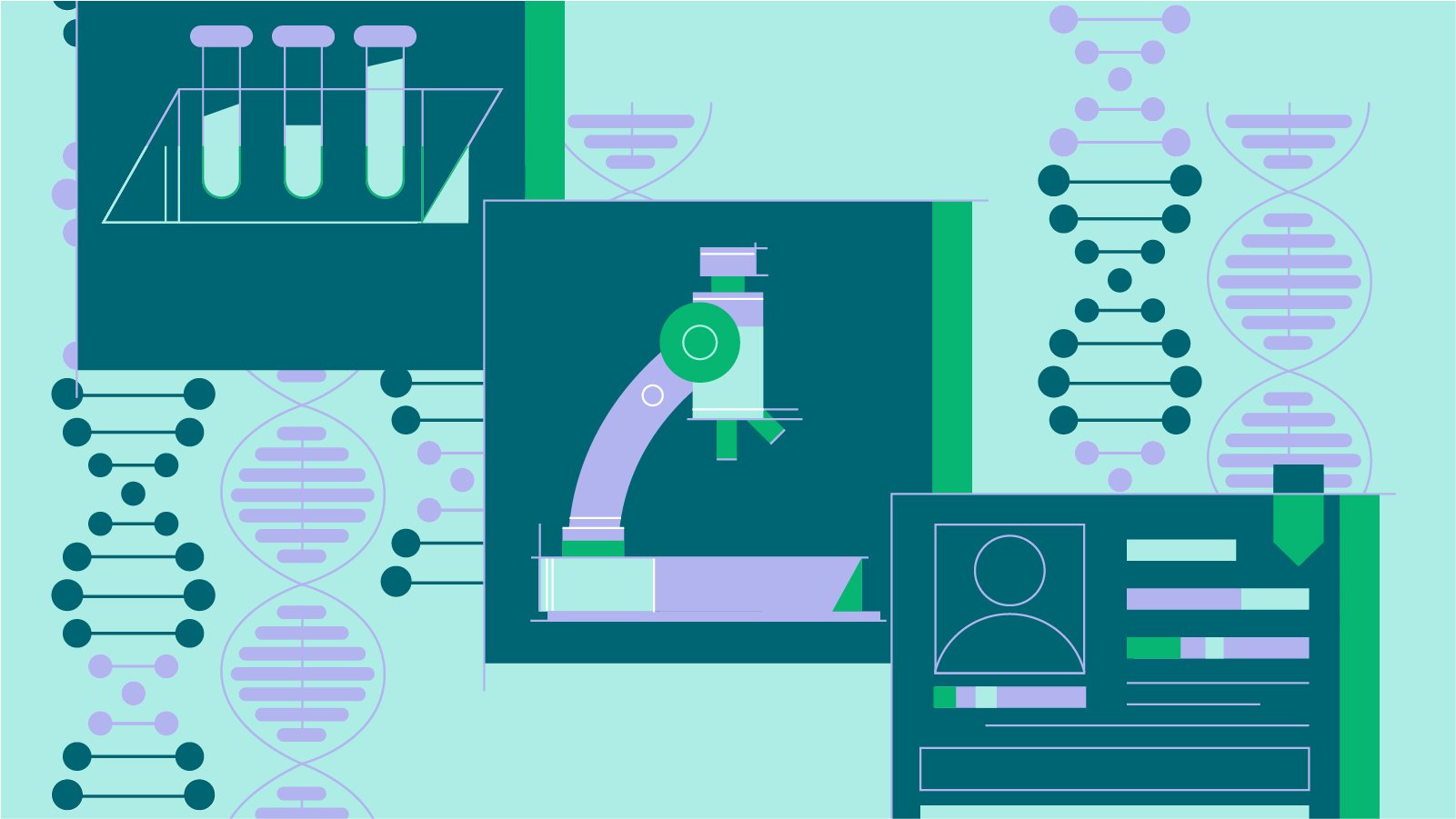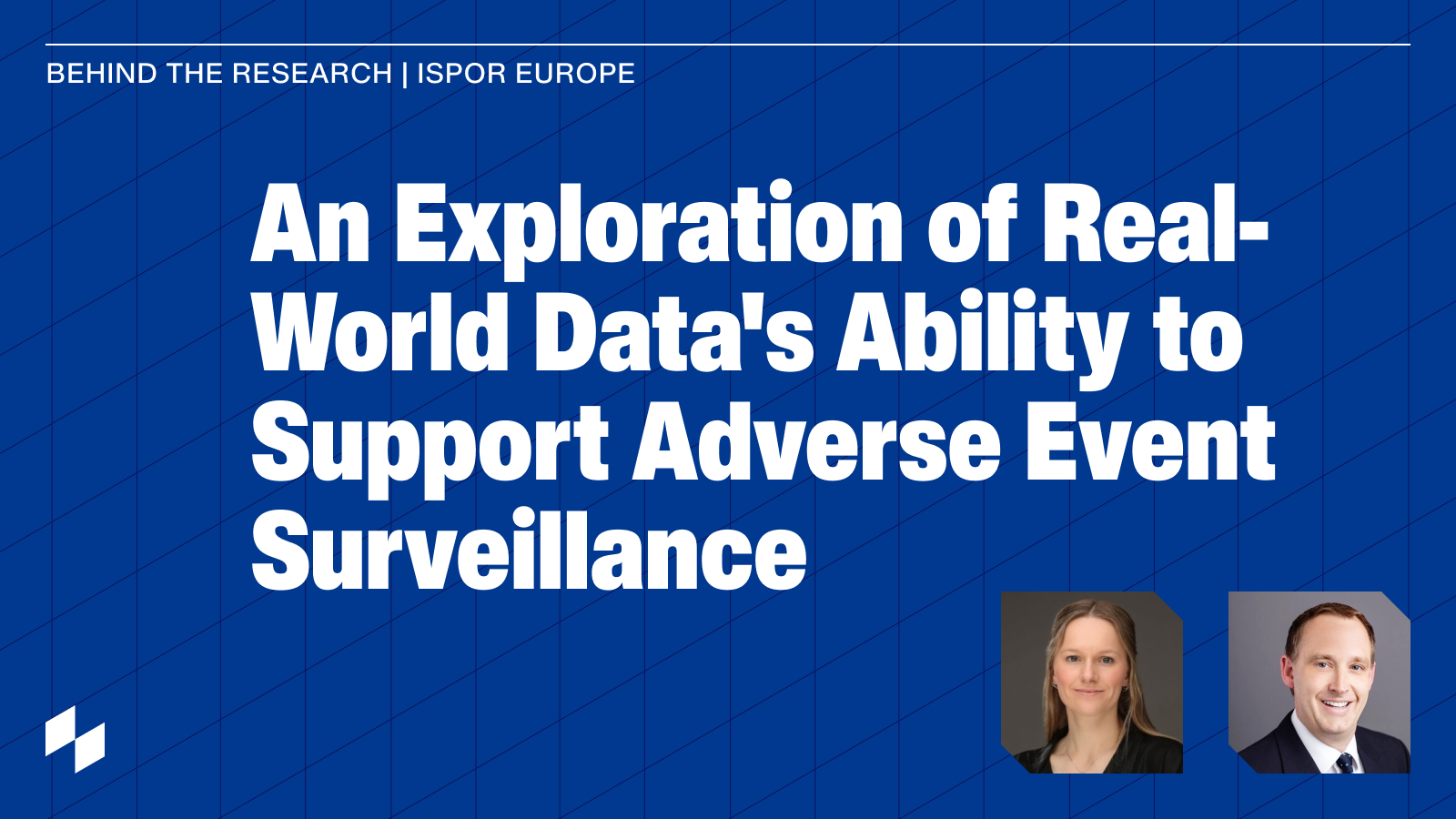Ovarian cancer remains one of the most formidable malignancies for women, with approximately 20,000 new cases diagnosed annually in the US and a 5-year survival rate of only 51%. The majority of women with ovarian cancer initially present with distant-stage disease when the prognosis is even poorer.
But there’s good news: recent scientific breakthroughs are beginning to change the story. Much of the progress in this field stems from an expanded understanding of the biological heterogeneity and distinct molecular drivers associated with ovarian cancer, many of which have a direct impact on treatment decisions at both initial diagnosis and disease recurrence. The introduction of maintenance therapies like poly (ADP-ribose) polymerase (PARP) inhibitors and bevacizumab in the latter part of the 2010s were among the first of several notable advancements in systemic therapy. Another breakthrough occurred in 2022 with the approval of the antibody-drug conjugate (ADC) mirvetuximab soravtansine, establishing folate receptor alpha (FRα) as a predictive biomarker. Most recently, relacorilant extended survival when added to nab-paclitaxel in a phase III trial, which could potentially provide another new option for patients with platinum-resistant disease.
As a scientist focused on leveraging real-world evidence (RWE) to support oncology research, this exciting progress motivates me to dive deep into work addressing groups of patients with important unmet needs who can benefit from recent scientific breakthroughs. Women with platinum-resistant disease is one such area. Nearly all patients with recurrent ovarian cancer eventually develop resistance to platinum-based therapy, which historically has been associated with disappointingly low response rates of only 6-13% and median survival less than one year.
My current role at Flatiron Health, partnering with clients on how best to leverage RWE to meet their research goals, builds upon my previous work leading biopharma studies powered by RWE and designing custom research databases within the Geisinger Health System. I’ve seen firsthand how high-quality, comprehensive real-word data (RWD) has become essential for life sciences companies—not only to understand the real-world treatment landscape, but also to drive clinical development, regulatory strategy, and commercialization success.
In today’s oncology landscape, having access to biomarker, treatment, and outcome data across millions of patients is critical to fully capture how therapies perform outside of clinical trials—and to uncover meaningful trends that can shape research, regulatory approvals, and patient care.
Flatiron Health’s Panoramic data contains longitudinal, EHR-derived clinical data drawn from over 100 cancer clinics and covers Flatiron’s entire nationwide network of over 5 million de-identified patient records. For ovarian cancer researchers, access to this rich, representative dataset is a true gamechanger: enabling head-to-head comparisons of therapies in defined treatment cohorts, evaluations of real-world outcomes in platinum-resistant disease, and more precise time-to-event analyses throughout the patient journey.
Below, I’ve highlighted three examples of high impact ovarian cancer research using RWE.
- Clinical Development - To help design and contextualize clinical trials
- Comparative Effectiveness - To demonstrate the effectiveness of therapies in new populations
- Post-Marketing Requirements and Commitments - To fulfill obligations from regulatory authorities
Case study #1
Evaluating the generalizability of clinical trial control arm results to support a regulatory submission
Selecting the appropriate control group in a clinical trial can be difficult due to practice changes over time and variations in standard of care across geographies. In other situations, a single arm trial is warranted due to the lack of any suitable comparators. During the planning stage, robust RWE provides an opportunity for biopharmaceutical development teams to design more efficient phase II and III trials based on the characteristics of real-world cohorts. After these trials conclude, RWE can also be used to contextualize the findings and strengthen regulatory submissions.
Relacorilant has recently been shown to enhance the efficacy of nab-paclitaxel (a nanoparticle with paclitaxel bound to human serum albumin), without exacerbating the adverse events associated with chemotherapy. However, questions remain about whether outcomes observed with relacorilant and nab-paclitaxel could be generalized to the broader standard of care, which often uses the standard formulation of paclitaxel.
RWD can be used to compare the characteristics and outcomes of patients who receive nab-paclitaxel vs. paclitaxel in the real world to evaluate the generalizability of the clinical trial control arm results. Leveraging RWE in this way allows sponsors to generate supporting information for their regulatory submissions.
Case study #2
Complementing clinical trial data to understand the effectiveness in populations not studied
The choice of which PARP inhibitor to initiate, and whether the decision depends upon a patient’s specific characteristics, remains an unanswered question. RWE offers a powerful lens to understand how therapies perform across broader, more diverse populations than those typically enrolled in clinical trials, including different risk strata.
A comparative real-world effectiveness study found that lower-risk patients experienced significantly longer real-world time to next treatment and progression-free survival compared to patients with higher risk disease characteristics. Notably, the original clinical trial for this PARP inhibitor enrolled only patients with high-risk disease—meaning its benefit in lower-risk populations remained unclear. These real-world insights suggest the therapy’s impact may extend further than trial data alone could show.
By capturing outcomes in patients often excluded from trials, RWE helps bring the full picture of treatment impact into focus—supporting more inclusive, patient-centered care. Additionally, the findings underscore the important role that RWD can play to complement clinical trial data to inform treatment guidelines and care decisions.
Case study #3
Studying adverse events in a diverse patient population to fulfill a post-marketing commitment
To protect the safety of patients, regulators scrutinize adverse events throughout the product lifecycle. For example, with an accelerated approval, regulators can assign requirements or commitments that need to be fulfilled post-approval and often include a safety component. However, recruiting trial participants who reflect real-world patient characteristics can be challenging. Too often, trial cohorts lack sufficient numbers of patients across different race or ethnic groups to draw conclusions about efficacy or safety.
To supplement relatively homogenous clinical trial data, RWE was used to identify patients with characteristics underrepresented in trial participants. Predictive biomarker data was also critical to ensure that the trial inclusion criteria were considered. By comparing treatment response and adverse events across different races, any potential differences in treatment outcomes and safety could be identified.
With direct access to both structured and unstructured data for each de-identified patient record, we have extensive experience studying a broad range of adverse effects to target organs, such as the gastrointestinal tract, lungs, and eyes. Understanding the rates and severity of safety events across a broad range of populations can unlock value by ensuring a product has an acceptable safety profile across a broader population than the participants included in the registrational trials.
Unlocking more use cases than ever before with maximum cohort sizes
The availability of more powerful RWD is changing the game in ovarian cancer research. By complementing traditional clinical trials, RWE is helping us move faster and smarter—providing a fuller picture of how treatments work across real-world patient populations. With de-identified records from over 26K ovarian cancer patients, Flatiron’s comprehensive Panoramic data enables greater breadth and depth of analysis across all sub-cohorts of interest, including biomarker-defined cohorts (i.e., FRα, HRD) and patients with platinum-resistant and recurrent disease. Life science innovators can now leverage RWE to dive deep into treatment patterns and outcomes in this new era of biomarker-driven therapies.
There’s still a long road ahead. But by pairing powerful real-world insights with the latest therapeutic advances, we have real momentum — and real hope for people with ovarian cancer. Together, we’re working toward a future where ovarian cancer is transformed from a life-limiting disease into a manageable chronic condition.
To learn more about Flatiron's Evidence Solutions and how they can maximize use cases across your oncology portfolio, please reach out.



